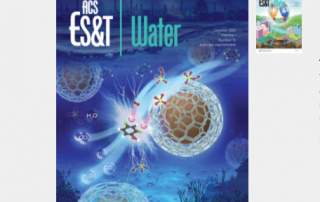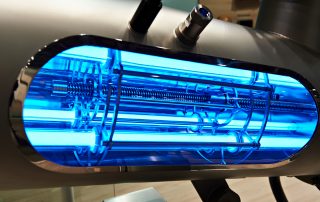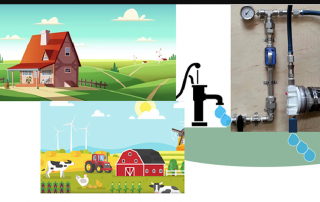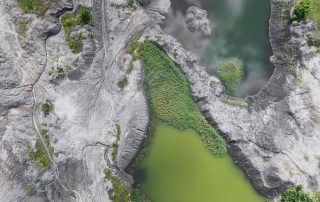Stay in the know on all things drinking water
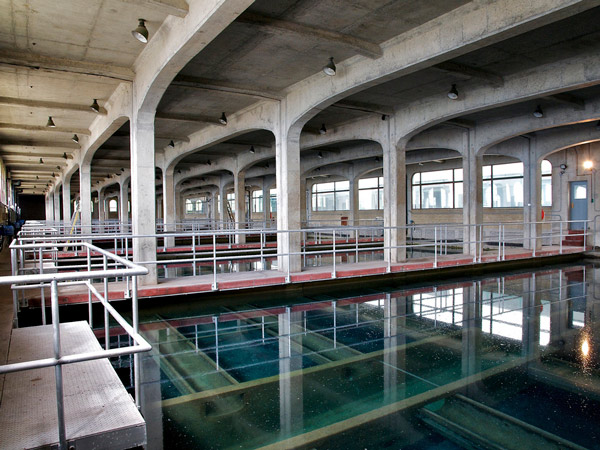

Dr. William B. Anderson is a Research Associate Professor and the Associate Director of the Water Science, Technology & Policy Group at the University of Waterloo. He has been active in drinking water quality and treatment research for more than 40 years, recently focusing on pathogen identification/removal/inactivation, assessment of adsorbed and desorption of contaminants on microplastics, better understanding of the role of colloidal nutrients on cyanobacterial growth in drinking water reservoirs, perfluorinated compounds, and biological filtration.
The past 15 years, Bill has maintained an email service drawing attention to items of interest to drinking water professionals including, for example, the latest research articles, regulatory updates, outbreak reports, topical issues, and media stories. Bill’s email service has expanded over time to include all interested individuals. These emails are now also archived here in a blog format as they are released, which can be explored by category or simply by scrolling through the posts below.
If you would like to join Bill’s email list for updates straight to your inbox, you can send an email to Bill to be added to the list.
Quantifying Nanoparticle Associated Ti, Ce, Au, and Pd Occurrence in 35 U.S. Surface Waters
It provides baseline concentrations and sizes for typical occurrence of natural and anthropogenic (manufactured) nanoparticles (NPs) including gold, cerium, titanium, and palladium (Au, Ce, Ti, and Pd) in US drinking water sources.
Sensitivity of Bacteria, Protozoa, Viruses, and Other Microorganisms to Ultraviolet Radiation
An article published in the Journal of Research of the National Institute of Standards and Technology provides five tables of recommended fluences (dosages) for 1 to 5 log reduction of spores, bacteria, protozoa, viruses, and algae and other large microorganisms.
Decay of infectious SARS-CoV-2 and surrogates in aquatic environments
A recently published study found that persistence of viable SARS-CoV-2 was temperature dependent, remaining infectious for significantly longer periods of time in freshwater at 4°C than at 20°C. This is consistent with other viruses. The T90 for infectious SARS-CoV-2 in river water was 2.3 days and 3.8 days at 20°C and 4°C, respectively, but the viral RNA was much more stable (remained detectable for the 20 day duration of the experiment).
The Prevalence and Levels of Enteric Viruses in Groundwater of Private wells in Rural Alberta, Canada
a survey of the prevalence and levels of enteric viruses in untreated groundwater of 62 private wells used for drinking and/or agricultural practices in rural Alberta using the qPCR panel assay, integrated cell culture with qPCR, and cell culture, has been published in the journal Water Research.
Viability of SARS-CoV-2 in river water and wastewater at different temperatures and solids content
Remarkable increases in SARS-CoV-2 persistence were observed in assays at 4°C, which showed T90 values of 7.7 and 5.5 days, and T99 values of 18.7 and 17.5 days for RW and WW, respectively.”
Assessing cyanobacterial frequency and abundance at surface waters near drinking water intakes across the United States
a paper has just been published which compares satellite imagery to cyanobacterial data and observations collected as part of the UCMR 4. It presents the first large-scale assessment of cyanobacterial frequency and abundance of surface water near drinking water intakes across the United States.

